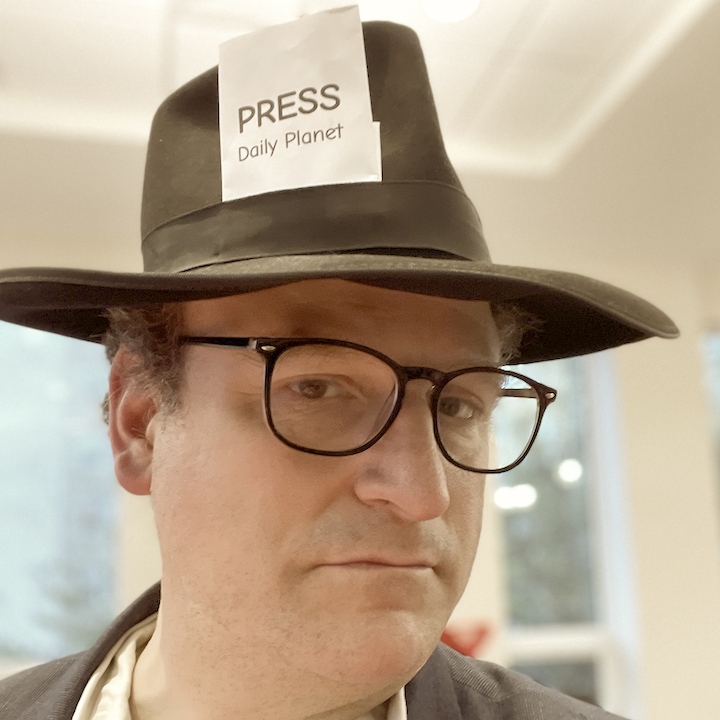imaginary family values presents
yesh omrim
a blog that reclines to the left

Don’t give him a hand
6 August 2003
Jose Hernandez-Rebollar, of George Washington University, has developed a glove that can translate the manual alphabet, and some signs in ASL, into spoken English. He expects a two-handed version to be ready by 2005.
The AP article mentions the military applications of similar devices, but highlights the glove’s potential as a machine for helping the deaf. How stupid is this idea? Let me count the ways:
- According to the article, “the device usually is accurate, though the precision declines with complicated movements; for example, words that start with the same hand movement or orientation.” If the machine can’t reach this level of accuracy, I doubt it can handle the modulation that distinguishes “is red,” “is very red,” and “becomes red.” And how well is it going to resolve — let alone translate — ASL classifiers?
- ASL is not just made with the two hands, but with the face and, to a lesser extent, the upper body. A motion of the eyebrows and a tilt of the head, combined with a modulation of the hand movement, distinguishes “Should I help you?” and “Regarding my helping you…” from “I help you.” Benjamin Behan wrote a 1996 dissertation on how ASL can mark subject-verb agreement with facial expression alone. A complete translation system, therefore, is going to require more than just two gloves.
- Even if someone had the hardware to pick up all the linguistically relevant parts of ASL, the software would still have to translate from ASL to English. This is much harder than typing German text into a Web form and getting something resembling English text from the Babelfish server; it’s more like speaking Navajo into a microphone and getting English out of the computer’s speaker.
- Of course, if you stop describing this machine’s input as “American Sign Language,” you could have a machine that understands a manually coded English system, and translates the words it picks up to spoken or written English. But what deaf person would use it to communicate with hearing people, when they could just as well use a pencil and paper?
The article quotes Andy Lange, president of the National Association of the Deaf: “Some feel that being deaf is not a deficiency. It’s simply another way of life and the deaf should not use artificial means to overcome a loss of hearing.” I realize that people in Mr. Lange’s position want to take every opportunity to teach the hearing public about Deaf Culture. However, in this case, such an argument is a distraction.
At most, a “talking sign-language glove” is a novelty: if they could be mass-marketed for $20 each, they might catch on as toys. But as a tool to help deaf people communicate with the hearing, this is just silly.
see also Boing Boing, Alas, a blog, jwz
- Later: The secret passion of Friedrich Engels
- Earlier: Life imitates B-movie